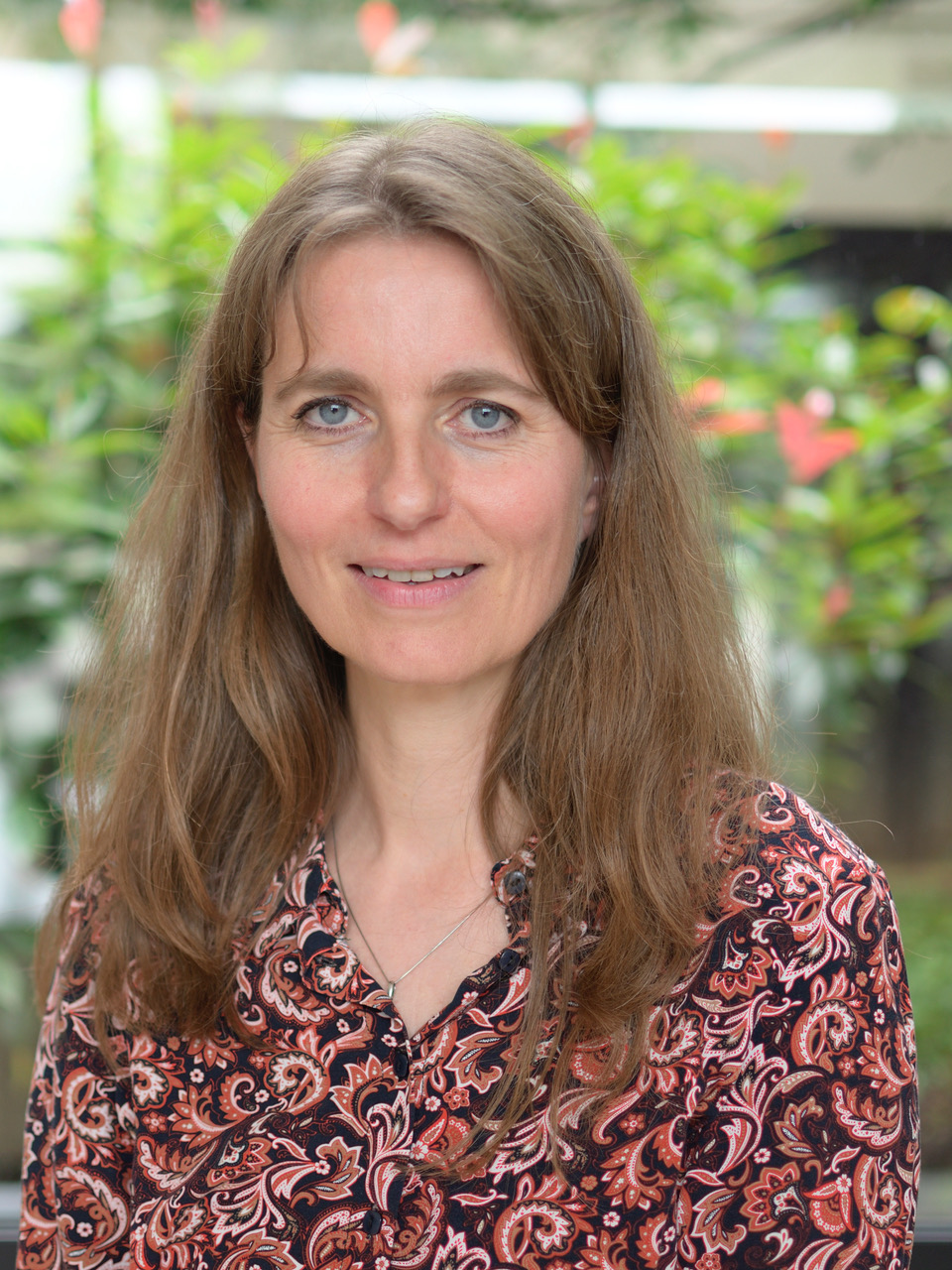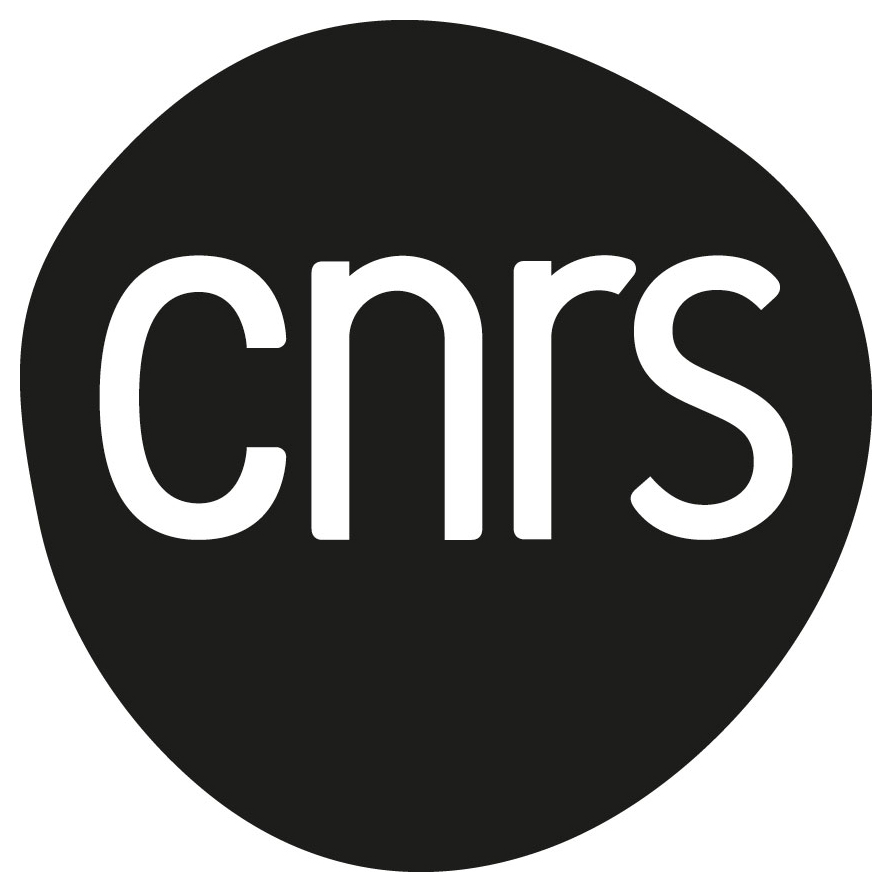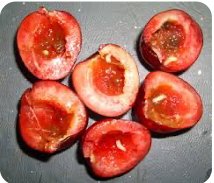Martine BERTHELOT-GROSJEAN

Informations générales

PERSING - PERception Sensorielle Interactions Neurone/Glie
Poste
Ingénieure Biologiste CNRS
Formation
Activités
Après avoir travaillé pour Bayer Cropsciences, Martine Berthelot-Grosjean rejoint l’Université d’Illinois à Chicago en 2004. Elle est « research specialist » et collabore à l’étude du complexe protéique synaptique SNARE de Caenorhabditis elegans, dans l’équipe de la Pr Richmond.
En 2007, elle rejoint la Pr Martin et l’aide à mettre en place son laboratoire à l’Université de Lausanne, et travaille sur les protéines impliquées dans la division cellulaire de Schizosaccharomyces pombe.
Ces expériences aux Etats-Unis et en Suisse ont contribué à la publication d’articles scientifiques dans PLoS Biology, The Journal of Neuroscience, Nature ou Cell, par exemple.
Depuis 2010, Martine est Ingénieure Biologiste au CNRS. Son travail de recherche est principalement consacré à l’étude du comportement olfactif de Drosophila melanogaster. Dans ce contexte, elle a mis en évidence 2 odeurs acides qui modifient drastiquement le comportement reproducteur et agissent comme puissant répulsif des insectes. Ce travail, financé par la SATT-Sayens, a conduit au dépôt d’un brevet et à la cession de la licence d’exploitation correspondante une entreprise de biocontrôle. Il lui a permis d’encadrer une assistante ingénieure et une étudiante en master. Martine participe aux travaux de recherche de l’équipe et co-signe plusieurs articles publiés dans Nature Communications, PLoS Biol, etc.
Par ailleurs, Martine est Assistante de Prévention et Co-Animatrice de la cellule communication AniCom du CSGA.

Mots clés
Publications marquantes
Montanari M, Manière G, Berthelot-Grosjean M, Dusabyinema Y, Gillet B, Grosjean Y, Kurz CL, Royet J (2024). Larval microbiota primes the Drosophila adult gustatory response. Nat Commun. 13;15(1):1341. doi: 10.1038/s41467-024-45532-4.
Cavey M, Charroux B, Travaillard S, Manière G, Berthelot-Grosjean M, Quitard S, Minervino C, Detailleur B, Grosjean Y, Prud'homme B (2023). Increased sugar valuation contributes to the evolutionary shift in egg-laying behavior of the fruit pest Drosophila suzukii. PLoS Biol. 11;21(12):e3002432. doi: 10.1371/journal.pbio.3002432.
Berthelot-Grosjean M, Manière G and Grosjean Y (2019). Repellent composition and uses. PCT/EP2020/075386.
Galagovsky D, Depetris-Chauvin A, Manière G, Geillon F, Berthelot-Grosjean M, Noirot E, Alves G, Grosjean Y(2018). Sobremesa L-type Amino Acid Transporter Expressed in Glia Is Essential for Proper Timing of Development and Brain Growth. Cell Rep.18;24(12):3156-3166.e4. doi: 10.1016/j.celrep.2018.08.067.
Ziegler AB, Augustin H, Clark NL, Berthelot-Grosjean M, Simonnet MM, Steinert JR, Geillon F, Manière G, Featherstone DE, Grosjean Y (2016). The Amino Acid Transporter JhI-21 Coevolves with Glutamate Receptors, Impacts NMJ Physiology, and Influences Locomotor Activity in Drosophila Larvae. Sci Rep. 25;6:19692. doi: 10.1038/srep19692.
Simonnet MM, Berthelot-Grosjean M, Grosjean Y (2014). Testing Drosophila olfaction with a Y-maze assay. J Vis Exp. 12;(88):51241. doi: 10.3791/51241.
Hachet O, Berthelot-Grosjean M, Kokkoris K, Vincenzetti V, Moosbrugger J, Martin SG (2011). A phosphorylation cycle shapes gradients of the DYRK family kinase Pom1 at the plasma membrane. Cell, 24;145(7):1116-28. doi: 10.1016/j.cell.2011.05.014.
Martin SG, Berthelot-Grosjean M (2009). Polar gradients of the DYRK-family kinase Pom1 couple cell length with the cell cycle. Nature, 11;459(7248):852-6. doi: 10.1038/nature08054.
Gracheva EO, Burdina AO, Holgado AM, Berthelot-Grosjean M, Ackley BD, Hadwiger G, Nonet ML, Weimer RM, Richmond JE (2006). Tomosyn inhibits synaptic vesicle priming in Caenorhabditis elegans. PLoS Biol., 4(8):e261. doi: 10.1371/journal.pbio.0040261.
Gracheva EO, Burdina AO, Touroutine D, Berthelot-Grosjean M, Parekh H, Richmond JE (2007). Tomosyn negatively regulates CAPS-dependent peptide release at Caenorhabditis elegans synapses. J. Neurosci. 27(38):10176-84. doi: 10.1523/JNEUROSCI.2339-07.2007.
Projets
Une stratégie révolutionnaire de lutte contre les insectes ravageurs.



